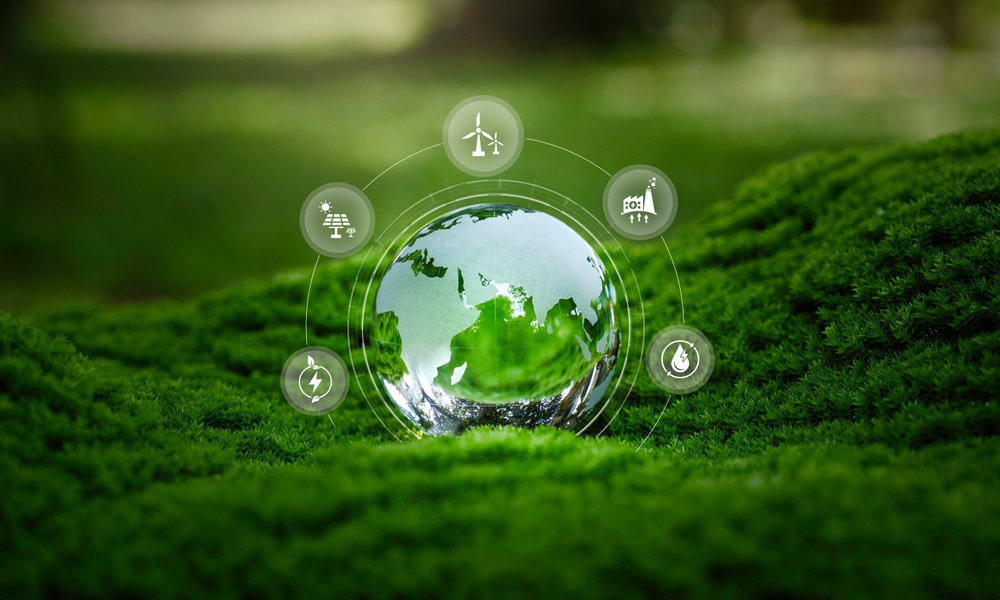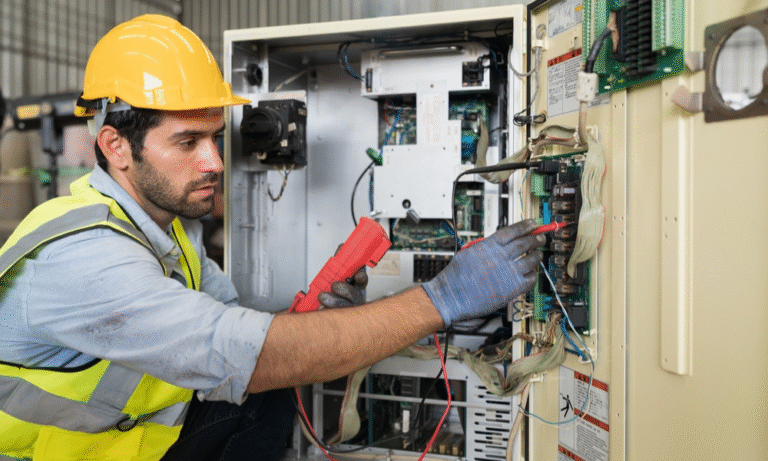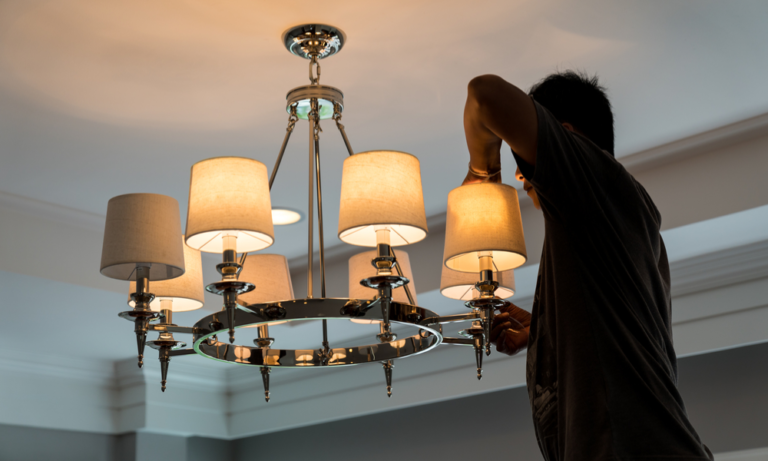Estimated reading time: 6 minutes
Lighting has moved far beyond just illuminating our spaces—it’s now an essential tool for saving energy and improving comfort. Advances in technology have introduced smarter ways to light up our homes and workplaces, helping us reduce electricity consumption while adding convenience. With intelligent systems in place, lighting is now a flexible, energy-efficient solution that works seamlessly with our daily lives.
In this guide, I’ll explore how modern lighting systems can help you conserve energy and enhance your lifestyle. Here’s what you’ll learn:
- What intelligent lighting is and how it can transform energy use.
- Why LED technology is crucial for energy efficiency.
- Features that make modern lighting systems a practical choice.
- Tips to start saving energy at home or work.
- The benefits of combining automation with energy-saving lighting solutions.
Let’s dive in and discover how upgrading your lighting can benefit your wallet and the planet.
What is Intelligent Lighting?
Intelligent lighting refers to systems designed for greater control, automation, and efficiency. They can be managed through apps, voice commands, or even motion sensors. This technology allows you to customize your lighting to suit your needs and habits.
For instance, imagine setting your lights to brighten automatically in the morning or dim at night for a calming effect. Some systems even adjust the lighting based on natural daylight, ensuring you always have just the right amount of brightness without wasting energy.
This technology makes it easy to conserve power without compromising on convenience. You’ll never have to worry about accidentally leaving lights on when you leave the house—they’ll handle themselves.
The Power of LED Lighting
At the heart of energy-efficient lighting lies LED technology. These light-emitting diodes are a massive improvement over traditional bulbs in every way.
Why LEDs are Ideal for Energy Savings
Exceptional Efficiency: LEDs convert most of their energy into light, wasting very little as heat. This means they use up to 90% less electricity than traditional bulbs.
Long-Lasting: These bulbs can last up to 25,000 hours, dramatically reducing the need for replacements.
Eco-Friendly: Unlike older bulbs, LEDs are free of harmful materials like mercury, and their energy efficiency reduces greenhouse gas emissions.
Flexible Design: Available in a wide range of shapes, sizes, and colors, LEDs can fit any setting or style.
Switching to LEDs is one of the simplest ways to cut down on your electricity bill while creating a greener environment.
Key Features of Modern Lighting Systems
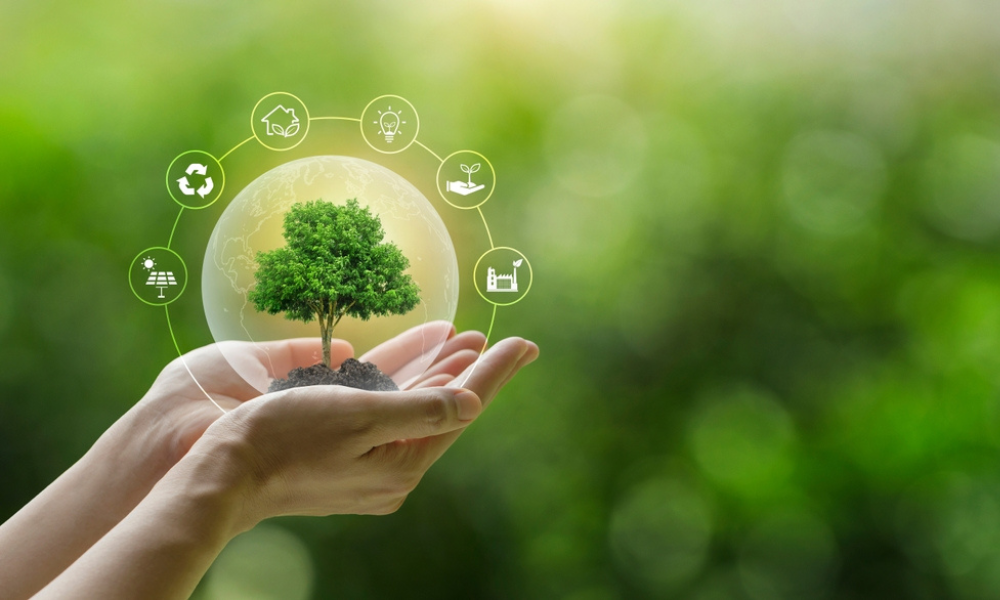
Today’s advanced lighting solutions aren’t just about turning lights on and off—they’re packed with features designed to save energy and make your life easier.
1. Remote Control and Voice Commands
Control your lights from anywhere using a smartphone or integrate them with smart assistants like Alexa or Google Assistant. This ensures you never waste energy by leaving lights on unnecessarily.
2. Automation and Scheduling
You can program your lights to operate on a schedule that matches your lifestyle. Set them to dim in the evening for relaxation or to brighten in the morning to simulate natural daylight.
3. Energy Usage Insights
Many systems provide detailed data on energy consumption, helping you identify opportunities to optimize usage and lower costs.
4. Integration with Smart Devices
Modern lighting solutions can work with other smart devices like thermostats and security systems. For example, lights can turn on when motion sensors detect activity, combining efficiency with security.
5. Customizable Brightness and Color
Adjust lighting levels and hues to create the perfect ambiance for any moment. From warm tones for a cozy evening to bright, cool lighting for work, customization is at your fingertips.
How to Save Energy with Modern Lighting
Implementing energy-efficient lighting doesn’t require a complete overhaul of your home or office. Here are a few practical tips to get started:
Replace Old Bulbs: Begin by swapping out incandescent or fluorescent bulbs with LEDs. This simple step alone can significantly reduce your energy usage.
Use Motion-Activated Lights: Install motion sensors in areas like hallways, bathrooms, and garages to ensure lights are only on when needed.
Zone Lighting: Group lights in specific areas or rooms and control them as units. This helps focus lighting where it’s needed most.
Leverage Automation: Use schedules to ensure lights turn off during the day or when you’re not at home.
Adjust Brightness: Dim your lights whenever full brightness isn’t necessary. This not only saves energy but extends the life of your bulbs.
Combining LEDs and Automation: A Winning Combination
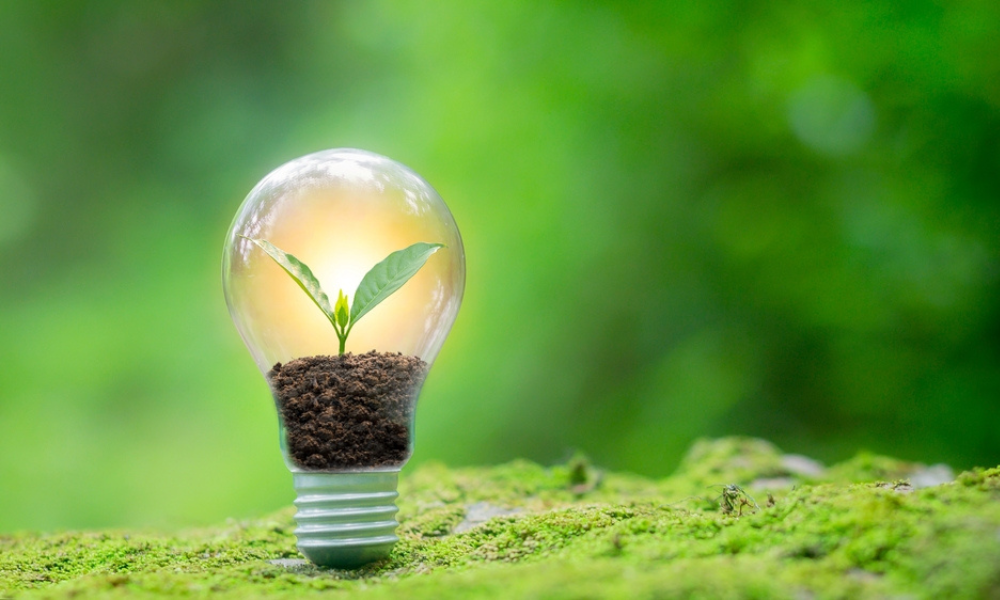
While LEDs are inherently energy-efficient, pairing them with advanced systems takes efficiency to new heights. Here’s why the two work so well together:
Efficiency Meets Convenience: LEDs minimize electricity use, and intelligent controls ensure they’re only on when required.
Personalization: Tailor lighting settings to your daily routines or specific needs.
Cost Savings Over Time: The long lifespan of LEDs, combined with automation, means fewer replacements and lower electricity bills.
This combination doesn’t just save energy—it enhances your space, making it smarter and more adaptable to your lifestyle.
Addressing Common Misconceptions
It’s natural to have questions or doubts about adopting newer technologies. Let’s clear up a few common myths:
“It’s too expensive.” While the upfront cost of intelligent systems may seem high, the long-term savings in energy and maintenance make it a worthwhile investment.
“It’s complicated to set up.” Most systems are designed to be user-friendly and often require no more than a plug-and-play setup.
“It doesn’t save much energy.” When paired with LEDs, automated systems can dramatically cut energy use, particularly in households with high lighting demands.
Exploring Future Possibilities
As technology evolves, lighting systems will only get smarter. Imagine systems that adapt to your circadian rhythm or those that integrate seamlessly with renewable energy sources like solar panels. The future of lighting is about creating energy-efficient solutions that are intuitive, environmentally friendly, and entirely customizable.
Final Thoughts
Making the switch to modern lighting solutions is a step toward a brighter, more efficient future. With the combination of LED technology and intelligent controls, you can enjoy substantial energy savings while improving the functionality of your home or workplace.
Start small by replacing a few bulbs or automating lights in high-use areas. From there, explore more advanced features to maximize your savings and convenience.
Smart lighting isn’t just about saving electricity—it’s about creating spaces that adapt to your needs while reducing your carbon footprint. Ready to make the switch? Start today and experience the difference for yourself.
